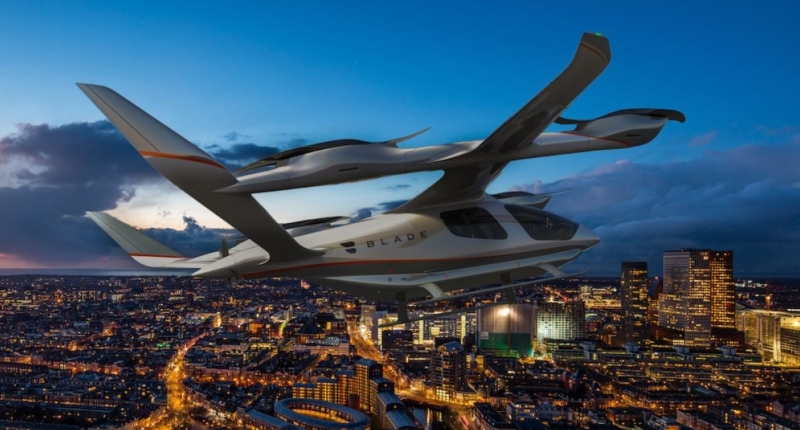India aims to improve air connectivity through the introduction of electric vertical take-off and landing (eVTOL) vehicles by 2025. The civil aviation secretary, Rajiv Bansal, believes creating an eVTOL ecosystem in India would align well with the government’s UDAN scheme, which aims to boost regional air connectivity, including small townships. eVTOL technology will bridge the air connectivity gap in Tier-II and Tier-III levels, with 1,200 identified routes and many unserved and underserved airports. According to Bansal, eVTOLs offer a new realm of mobility that will help boost air connectivity in densely populated metros as well. To ensure successful implementation, a robust eVTOL ecosystem in India is needed, and the industry’s feedback on its expectations from the central and state governments. The Ministry of Civil Aviation will commission an in-depth study to understand the use case for eVTOLs. Global eVTOL manufacturers should set up shop in India to take advantage of the country’s potential. The eVTOL future is much closer than it seems, and India wants to be a part of this global initiative.
India Aims to Boost Air Connectivity with Emerging Electric Plane Technology by 2025
The civil aviation secretary, Rajiv Bansal, recently announced that electric vertical take-off and landing (eVTOL) vehicles will soon become a reality in India. By 2025, India is keen to be a key stakeholder in this new technology that will help bridge the air connectivity gap.
According to Bansal, creating an eVTOL ecosystem in India would align well with the government’s UDAN scheme, which aims to boost regional air connectivity. With 1,200 identified routes and many unserved and underserved airports, the UDAN scheme will bridge the air connectivity gap in Tier-II and Tier-III levels, including small townships.
Bansal added that eVTOLs could help in boosting air connectivity in densely populated metros as well. He explained that the shortcomings of helicopters or conventional fixed-wing aircraft, such as requiring a runway or air traffic control, would be bridged by eVTOLs, which offer convenience for the consumer.
To ensure the successful implementation of this new technology, Bansal called for the creation of a robust eVTOL ecosystem in India. He also sought feedback from the industry on their expectations from the central and state governments.
In addition, airspace management for manned and unmanned aircraft, aviation safety regulations, and coordination with the Ministry of Defence need to be charted to help the country navigate the way forward. The Ministry of Civil Aviation will commission an in-depth study to understand the use case for eVTOLs.
Bansal emphasized that the eVTOL future is much closer than it seems. By 2025, this new technology will become a reality, and India wants to be a part of this global initiative. With a humongous civil aviation market, Bansal believes global eVTOL manufacturers should set up shop in India to take advantage of the country’s potential.
Overall, eVTOL technology offers a new realm of mobility that will help boost air connectivity in India, benefiting consumers and passengers.
India to Boost Air Connectivity with Emerging Electric Plane Technology by 2025
Don’t miss interesting posts on Famousbio

